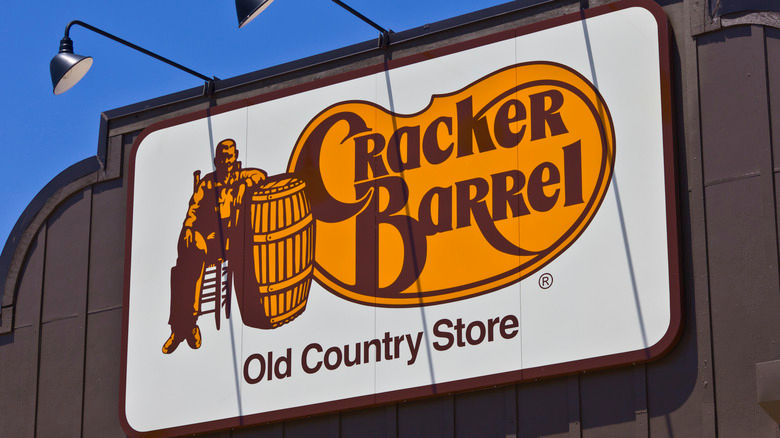How Not to Rebrand: The Hard Lesson Cracker Barrel Just Learned
- Itay Dahan

- Sep 4
- 3 min read
What happens when a brand that sells "comfort and home" decides to erase its most iconic symbol—all in the name of modernization?
That’s exactly what happened to Cracker Barrel, the Southern-style restaurant chain that removed Uncle Herschel from its logo—and faced one of the biggest branding backlashes of the year.

A Rebranding Move That Failed—Fast
Cracker Barrel is a beloved American restaurant chain known for nostalgic, Southern comfort:
Rocking chairs at the entrance
A country store filled with old-school items
Warm, homestyle meals
And an iconic logo featuring an old man with a barrel
In August 2025, the company rolled out a new minimalist logo—clean, digital-friendly, and for the first time, without Uncle Herschel.
The result? A cultural firestorm.
When the Logo Looks "Too Pretty" – And Feels Empty
Cracker Barrel’s core audience isn't Gen Z. It’s families, retirees, conservative Americans—people who grew up visiting the chain with their grandparents.
Removing Uncle Herschel didn’t just change a logo. It erased a piece of emotional memory.
The backlash was immediate:
National media criticism
Tens of thousands of angry comments
Public outcry reaching political levels
And a full rollback to the old logo within days

Why Did It Backfire? Lessons for Restaurant Brands
1. You touched the heart—not just the logo
In restaurant branding, customers remember how a place makes them feel, not just the food.
At Cracker Barrel, that feeling is warmth, comfort, and familiarity.Removing the character? It removed the emotional anchor.
2. Minimalism isn’t for every brand
The new design looked clean—but also cold, generic, and soulless.
When your brand identity is built on nostalgia, a minimalist logo won’t carry the story. It cuts it off.
Visual branding should support emotional experience—not erase it.
3. No rebranding without storytelling
The biggest failure wasn’t just the design. It was the lack of narrative.
No warm-up, no explanation, no context.And when brands don’t explain—audiences fill in the gaps. Often not in your favor.
4. Culture, emotion, and politics are all connected
The rebrand quickly turned into a cultural debate and even made political headlines.
If your brand lives in cultural territory—small design changes can trigger big social responses.
So… How Should You Rebrand a Restaurant?
Here’s Didea’s rebranding checklist for hospitality brands:
Never erase your icon—evolve it
Create logo variations instead of full replacements:
Primary (full version with character)
Simplified (for digital signage/apps)
Monochrome (for engravings, merchandise)
Story first, graphics second
Before launching, tell your audience why you’re updating the brand:
“To improve readability on mobile”
“To enhance accessibility”
“To adapt to new signage formats”
The logo isn’t just yours. It belongs to your loyal customers.
Test before going all-in
Run soft launches in selected branches. Measure:
Customer satisfaction
Brand sentiment
Sales of signature items
If the experience suffers—it’s time to rethink.
Have a respectful rollback plan
If the change backfires, don’t panic. Prepare a graceful response:“We listened—and we’re bringing back what makes this place feel like home.”
Know your sacred elements
Don’t touch these without a damn good reason:
Signature menu items
Iconic characters
Interior design features
Brand tone or storytelling style

Final Thought
Removing Uncle Herschel may have seemed like a simple design decision.But when a brand stands for memory, warmth, and belonging—it becomes a costly mistake.
Rebranding is sometimes necessary. Change can be powerful. But only when it’s done thoughtfully and strategically.
Hospitality brands don’t need to chase every trend. They need to remember who loves them—and why.





Comments